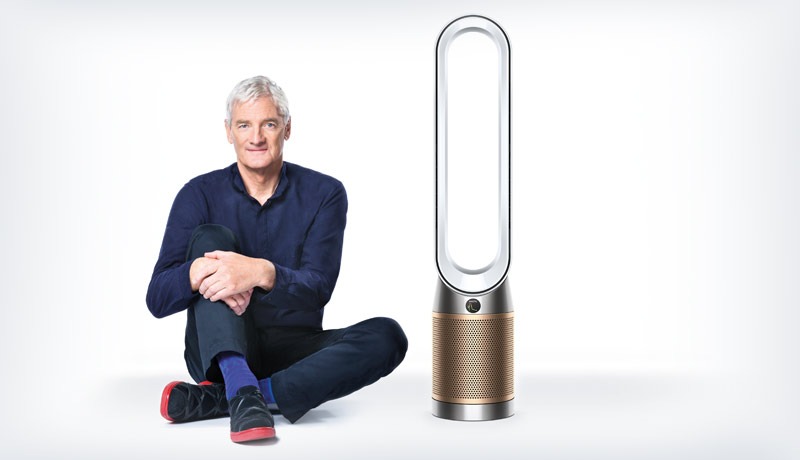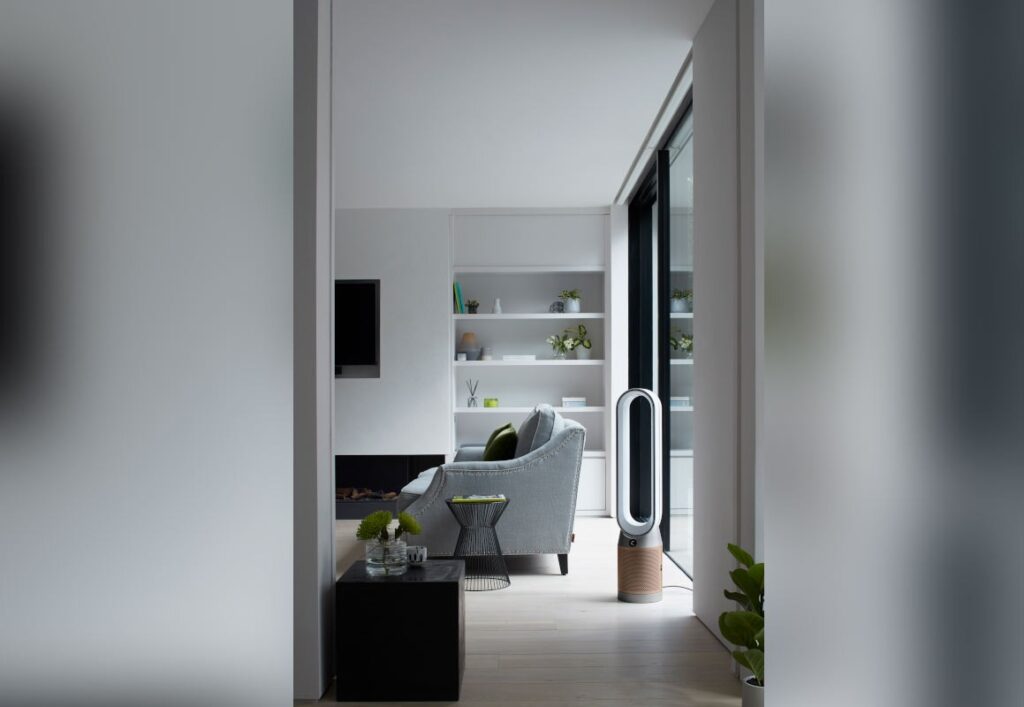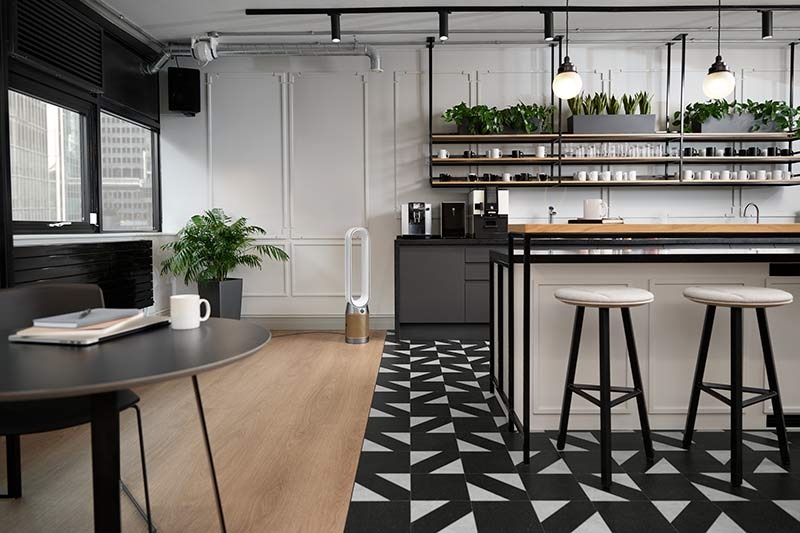
Dyson unveiled an air purifier with formaldehyde sensing technology to ensure immaculate indoor. Across the globe, millions of people are spending more time indoors. The new Dyson Purifier Formaldehyde series ensures a cleaner home environment with all-new solid-state formaldehyde sensors and fully-sealed HEPA 13 standard filtration.

The Dyson Purifier, a new generation of purification devices featuring revolutionary solid-state formaldehyde detection technology, has been unveiled in the UAE. The Formaldehyde range captures ultrafine dust and allergens while eliminating potentially hazardous volatile organic compounds (VOCs), such as formaldehyde. Furniture and hardwood items containing formaldehyde-based resins, such as plywood and fibreboard, emit the colorless gas pollutant, paint, wallpaper, varnishes, and household cleaning supplies, as well as insulating materials and do-it-yourself products. Formaldehyde is particularly difficult to catch because it is 500 times smaller than 0.1 micron particles. If left undetected, it can lead to protracted exposure due to the continuous release of airborne chemicals, known as the continuous release of airborne chemicals off-gassing.
While other gel-based formaldehyde sensors degrade over time and can be easily confused with other VOC pollution, Dyson’s new solid-state formaldehyde sensor works in tandem with Dyson’s proprietary algorithm to precisely monitor formaldehyde levels while intelligently ignoring other gases detected by a dedicated VOC sensor.
Dyson experts have also re-engineered the machine airflow routes to achieve fully-sealed HEPA 13 grade filtration, ensuring that no air bypasses the filter and that any potential leak points via which unclean air might enter the airflow are blocked. This means that Dyson’s latest purifiers eliminate 99.95% of pollutants as small as 0.1 microns. The Dyson Purifier Cool Formaldehyde is now 20% quieter thanks to improvements to the airflow travel, without sacrificing purifying performance to reduce unwanted noise at home.

Alex Knox, Vice President of Environmental Care at Dyson said: “The off-gassing tendency of formaldehyde means that it can go undetected in a home for years. Dyson has engineered a machine that provides accurate and successful sensing, capture and destruction of the pollutant. Our solid-state sensor doesn’t dry out over time, lasting the lifetime of the machine. The COVID-19 pandemic has raised global awareness about the air that we breathe and Dyson’s commitment to providing cleaner air through innovation and technology remains at the forefront of our mission.”
Dyson Purifier machines are designed to work in real-world settings. The industry standard for air purifier testing is a laboratory test conducted in a 12m sqr small chamber with a ceiling fan to circulate the air and one sensor within the room to evaluate air quality. Dyson’s POLAR test, which uses eight sensors in the corners of the room and one sensor in the centre to collect air quality data, is based on a bigger room size of 27m sqr with no added fan for more representative testing.
Every day, humans breathe up to 9,000 litres of air, and even prior to 2020spent as much as 90% of their time indoors. As our homes increasingly become spaces where we work and exercise as well as sleep and play, the quality of the air we breathe in all aspects of our routine is non-negotiable.
There are a number of indoor pollution sources, which release pollutants like PM10, PM2.5, VOCs, NO2, and formaldehyde into the air. Sources of pollution are present in all aspects of our daily lives, whether that be PM2.5 emitted when cooking, VOCs released from cleaning products or the continuous off-gassing of formaldehyde from our living room furniture—tirelessly improving and constantly iterating. Dyson’s new Purifier Formaldehyde range reflects the latest technology in three core areas: sensing, filtration and acoustics.

The addition of an intelligent formaldehyde sensor to the current particle, NO2, VOCs, temperature, and humidity sensors enables perfect pollutant sensing for the lifespan of the machine. Formaldehyde sensors can be gel-based and will degrade over time as they dry out. The Dyson formaldehyde sensor uses an electro-chemical cell that does not dry out, and its clever algorithm cross-checks data every second, selectively sensing to minimise confusion with other VOCs.
At a molecular level, Dyson’s Selective Catalytic Oxidisation (SCO) filter continually eliminates formaldehyde. The catalytic filter features a one-of-a-kind covering that has the same structure as Cryptomelane. Its billions of atom-sized holes are the ideal size and shape for trapping and destroying formaldehyde, converting it to water and CO2. It then regenerates from oxygen in the air, allowing it to continue killing it indefinitely without ever needing to be replaced.
Dyson’s latest purifiers meet the HEPA H13 standard throughout the machine, not just the filter. It captures the H1N1 virus as well as 99.95 percent of allergens, bacteria, pollen, and mould spores as small as 0.1 microns. Dyson engineers took a forensic approach to building a totally sealed machine, adding high-pressure seals at 24 more vital spots to prevent dirty air from bypassing the filters and transporting contaminants back into the room.
The machine can project cleansed air to every area of the room thanks to Dyson Air MultiplierTM Technology. The machine can be completely managed by the Dyson Link App and operated by voice control, allowing it to maintain a preferred room temperature and air quality level.
An intriguing discussion is worth comment. I do believe
that you ought to write more about this subject matter, it may not be a
taboo subject but usually people don’t discuss these topics.
To the next! All the best!!